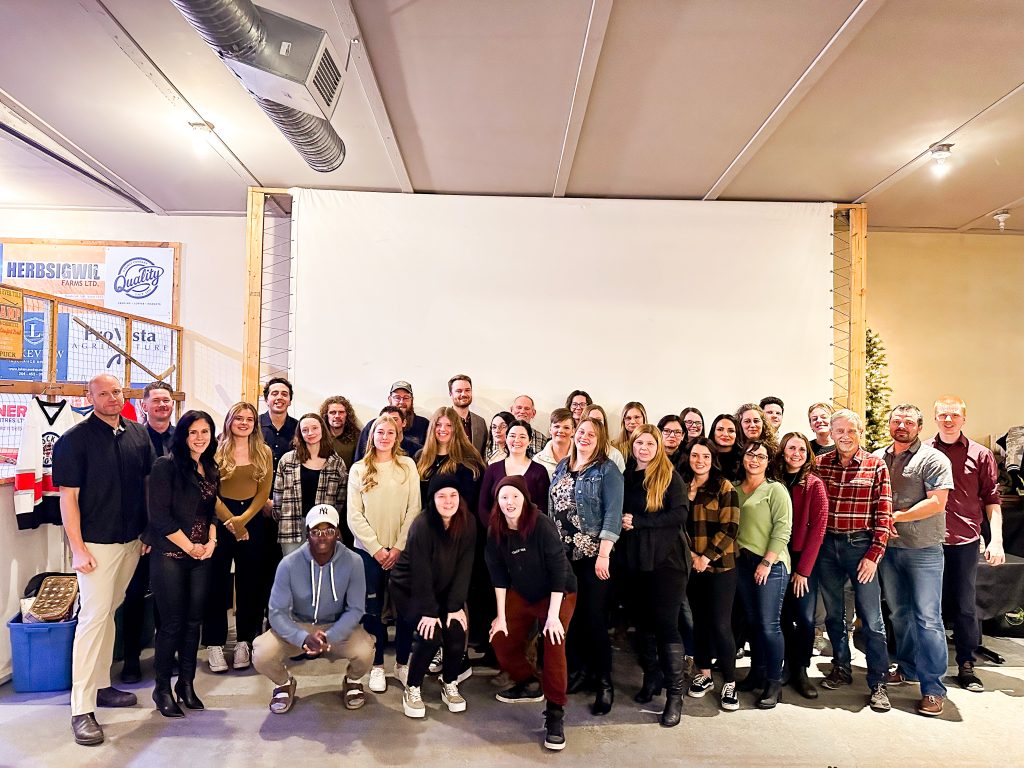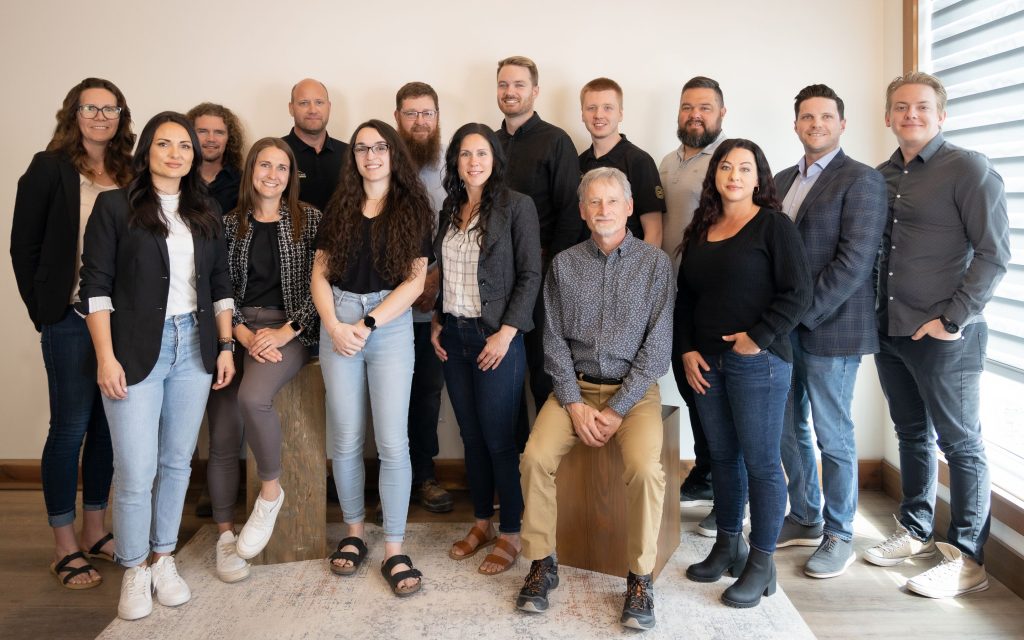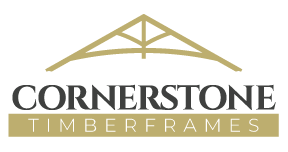As 2024 draws to a close, it’s a perfect time to reflect on an extraordinary year for Cornerstone Timberframes. This year has been nothing short of transformative, filled with remarkable projects, personal celebrations, and significant achievements that highlight our collective growth as a company and as individuals.
In our production and finishing shops, we successfully brought to life an impressive array of projects, each showcasing the craftsmanship and dedication of our team. Among them were the Borys Cottage, Shoal Lake A-Frames, Southeast Event Centre, Churchill Wild, Perimeter Air Terminal Expansion, and the Minnewasta Clubhouse. These projects, along with countless others, have not only expanded our portfolio but also challenged us to push the boundaries of what’s possible in timber frame construction.
Our office was a hub of learning and connection this year. We embarked on a journey of education through Sandler Training and hosted several Lunch & Learn events with top industry leaders. Our Wine & Wood Shop Tours opened our doors to the public, offering a glimpse into our world and the work that we do in the production shop. Even a rain-soaked slow pitch tournament turned into a memorable team-building day at the CSTF shop!
Trade shows and conferences were abundant, providing platforms to share our expertise and learn from others in the industry. Our team made its mark at notable events such as the Portland Mass Timber Conference and Denver Mass Timber Group Summit, where we showcased insights on podcasts, delivered keynotes, and held workshops. Key events in Toronto, including the Wood Works Summit and Mass Timber Conference, further underscored our leadership in timber joinery design.
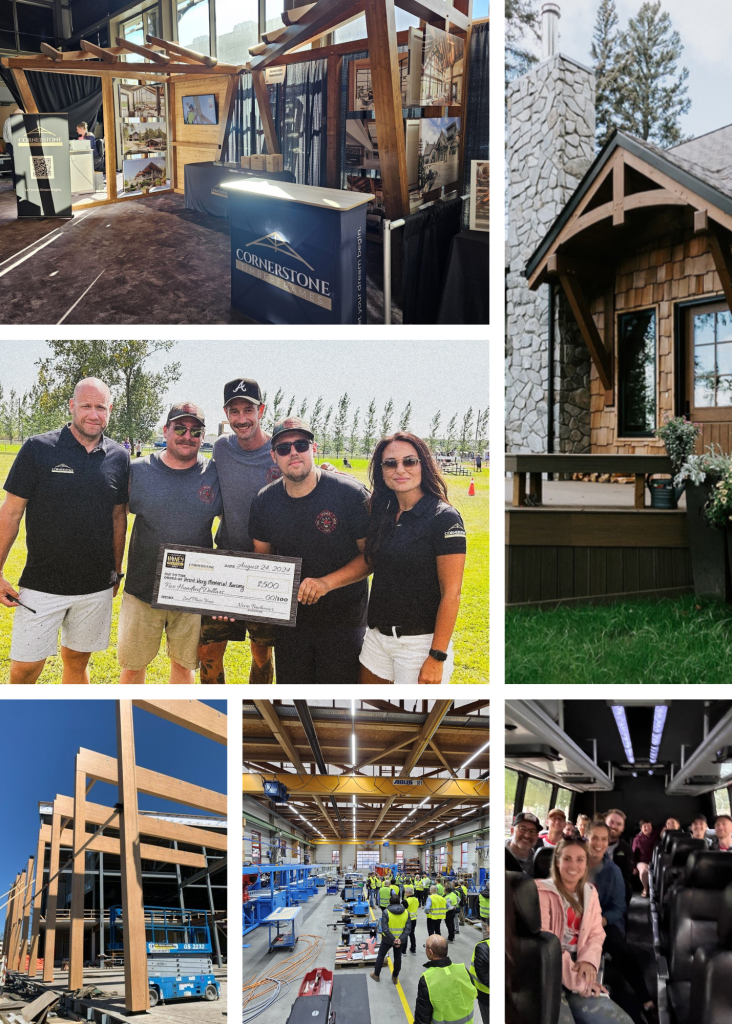
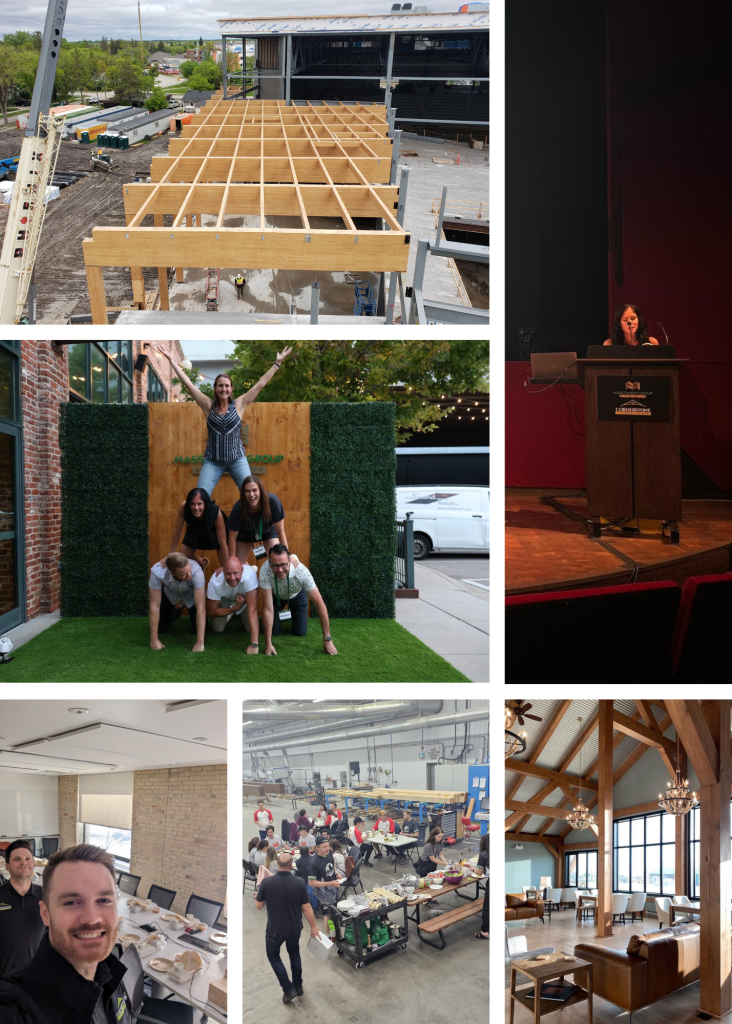
Beyond the professional sphere, we celebrated deeply personal milestones, with Jake, Matheus, Ben, Kevin, and Bobbi welcoming new babies into their families. These joyful arrivals remind us of what truly matters and inspire us to hold steadfast to our company’s core values of family and community.
Reflecting on the year, a consistent theme emerges: growth through challenge. We have continuously pushed ourselves beyond comfort zones, tackling “hard things” that have fostered team and individual development. Our successes are a testament to the dedication and resilience of the Cornerstone team.
Tanya and Nevin are incredibly grateful for each team member’s commitment to excellence and adaptability in the face of change. It’s because of our team that Cornerstone Timberframes continues to thrive and achieve its ambitious goals.
As we look to the future, let us carry this momentum forward, with the confidence that together, we can build extraordinary structures and enduring legacies!
Cheers to a prosperous 2025! Happy New Year!
